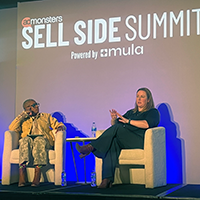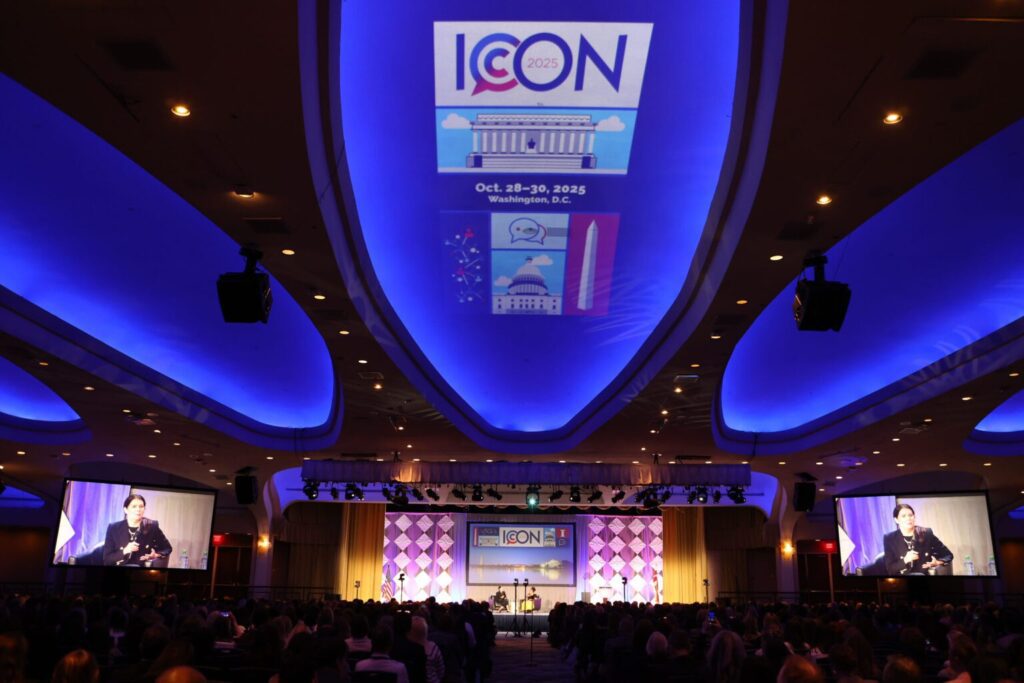Time Warner’s Road Runner High Speed Online service is on the move, but it isn’t Wile E. Coyote that’s on the ISP’s tail — it’s DSL.
To win the race, Road Runner is in the mail and on the air with new direct marketing creative every 13 weeks, a tactic that’s pulling response rates above 2% overall and north of 4% for some segments.
LIKE ITS CARTOON NAME-sake, Time Warner’s Road Runner High Speed Online service never stops. The ISP is in the mail and on the air with new direct marketing creative every 13 weeks, a tactic that’s pulling response rates above 2% overall and north of 4% for some segments.
“We squeeze records through propensity models that we’re continually tightening and refining,” said John Mullin, vice president and account director of Road Runner’s agency RTCRM. “Our cost per installation has fallen across the board. We’re mailing fewer prospects and adding more customers. Some of the credit goes to our bundle and digital phone marketing, but a lot of the credit goes to analytics.”
The resulting improved targeting helps Road Runner reach a customer base that’s a “melting pot,” Mullin said. “Anybody in our footprint [who is] affluent, middle-aged, suburban and broadly educated is a prospect.”
“Broadband is a fairly expensive product,” added Barry Kessel, chief client officer at RTCRM, noting that factor alone makes those with a need for high-speed access potential customers.
The service starts out each year with an “umbrella” that creative ideas fall under and then comes up with a new story to tell every quarter, cycling in new messages for mail, television and radio, said Tracy Giannuzzi, Road Runner’s senior director of marketing.
The ISP has 5.2 million subscribers in 55 U.S. markets, with concentrations in the Northeast, Los Angeles, the Carolinas, Texas, Ohio and the middle of the country, she said. There are 19.5 million homes in the service’s footprint, and 14.5 million of these are considered possible prospects.
A typical acquisition offer is discounted service for a given period — such as $29.95 for three months — with a matrix of different offerings tested each quarter. Self-mailer and #10 formats are consistently used, and postcards are tested on occasion. The #10 usually performs best, but the self-mailer has a lower cost per acquisition.
An integrated mix of all media is crucial to Road Runner’s strategy, Kessel said. “The optimization of the media mix is what’s critical here — [for example,] selling into Time Warner cable homes on television is attractive to us because we know we can reach our target audience.”
Messages in all media are divided between those tailored to a broad audience and others that target specific demographics. Road Runner’s DRTV spots, for instance, are a mix of live action and animation. A recent one played on the theme of connections and how an e-mail about an upcoming concert kept getting forwarded until the initial sender (a twentysomething woman) got connected with a potential boyfriend through an extra ticket to the show. Another (featuring a thirtysomething woman) stressed the service’s security measures, while a third focused on speed, using fishing imagery to show how much more useful data a user (this time a middle-aged man) could “catch” with Time Warner.
The Road Runner character itself is a wonderful asset, Mullin acknowledged. “It’s great to have a character that signals speed, agility and cleverness,” he said. “It’s helped us create materials unlike anything else in the market, and we do leverage that.”
“That little bird is probably the most powerful piece of equity we could ever have. I equate that with the [Nike] swoosh,” noted Giannuzzi. “All you have to do is put that little bird out there — everybody knows that it represents high-speed service. From an unaided awareness perspective, people are able to make that connection back to Road Runner High Speed Online.”
Mullin said Road Runner is starting to consider return on investment in terms of profitability.
“We know cost per acquisition, we know different segments’ lifetime value, but just because a customer is inexpensive to acquire doesn’t mean that customer is going to be profitable. So we’re looking at profitability and segmentation to tell us who’s most valuable over time. We track all those metrics.”
Conversion is one metric Road Runner examines when judging ROI. But at the end of the day, one has to look at the overall package — such as how many Time Warner services a prospect has, Giannuzzi said.
The ISP is beginning to evaluate retention mailings. “The category is definitely getting more mature and retention is increasingly important,” said Mullin.
“[Digital subscriber line service] was a little late to the game but now [vendors have] stepped up their offerings. We’re finding we have to work to retain our best customers, although our renewal rate is incredibly high by any industry’s average,” said Kessel. “There’s many more competitive threats. Like all good marketers, we have to remind people why we’re a better value and make sure they are attuned to why they’re with Road Runner.”
One problem, he said, is that the words “high speed” and “broadband” get bandied about and consumers don’t really understand the difference between cable modem and DSL speed.
“I think there’s an opportunity for us to educate and inform people on what ‘high speed’ means and how to define it,” said Kessel. “I don’t think people understand what ‘seven meg upload or download’ means. All you know is when you’re online downloading photos and it’s painfully slow, you’d appreciate [speed]. We need to define it in a way people can understand.”
“If we look at the majority of those left on dial-up, the educational effort is huge,” Mullin added. “Recent numbers show 37% of online households are still on dial-up. Almost half say that’s because broadband is too expensive, but 30% say they just don’t want it. AOL is almost forcing migration by making the price of broadband equal to the price of dial-up.”
But rather than get too techie in television spots, Road Runner instead emphasizes the experience one can have with the service.
“What’s important are the benefits, not the attributes — what it does for me,” said Kessel. “We try to highlight the user and the family experience, and what high speed enables in your life that’s important to you. That’s the message that comes through. You don’t want a drill bit, you want the hole. You don’t really want the cable box, what you want is very fast downloads. You want to be able to do something else while your kids do their homework.”



